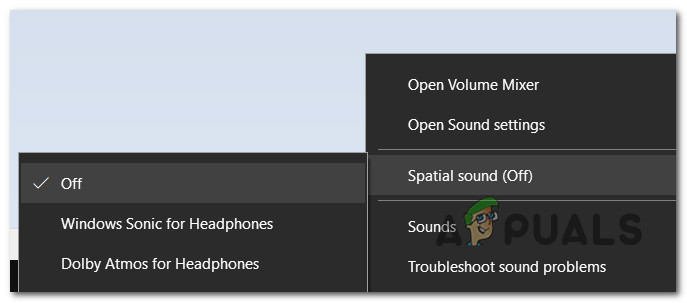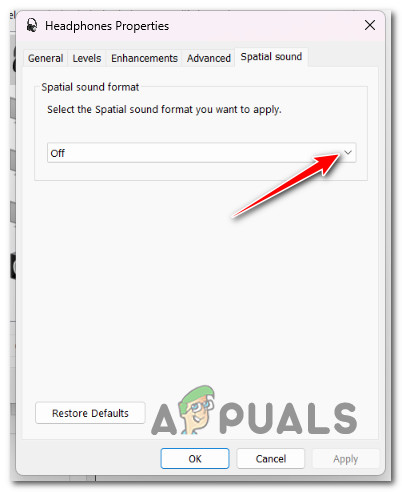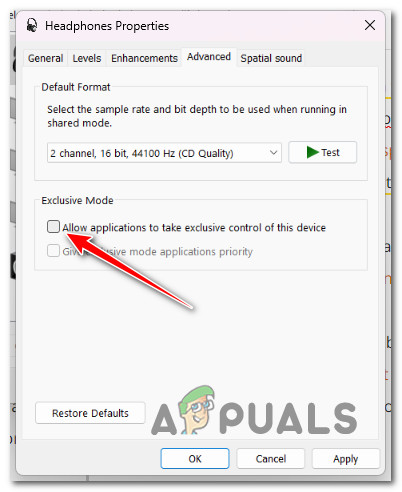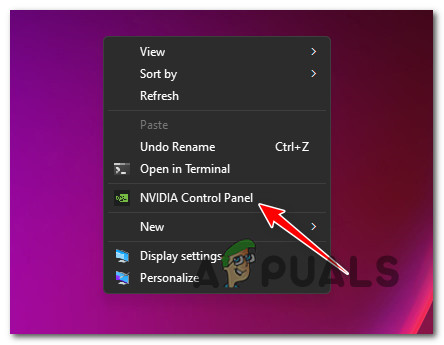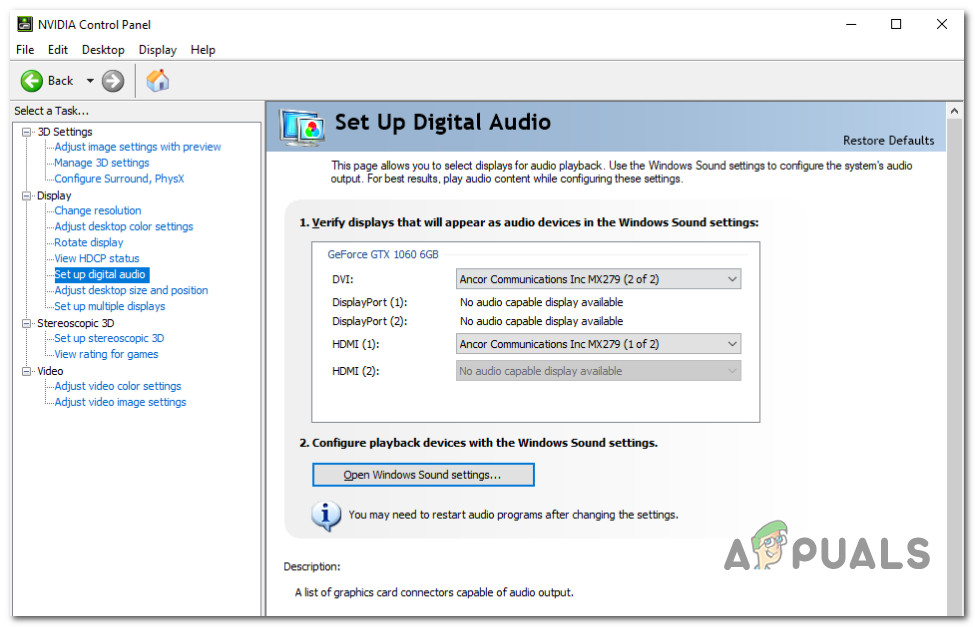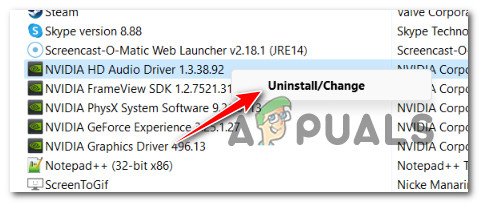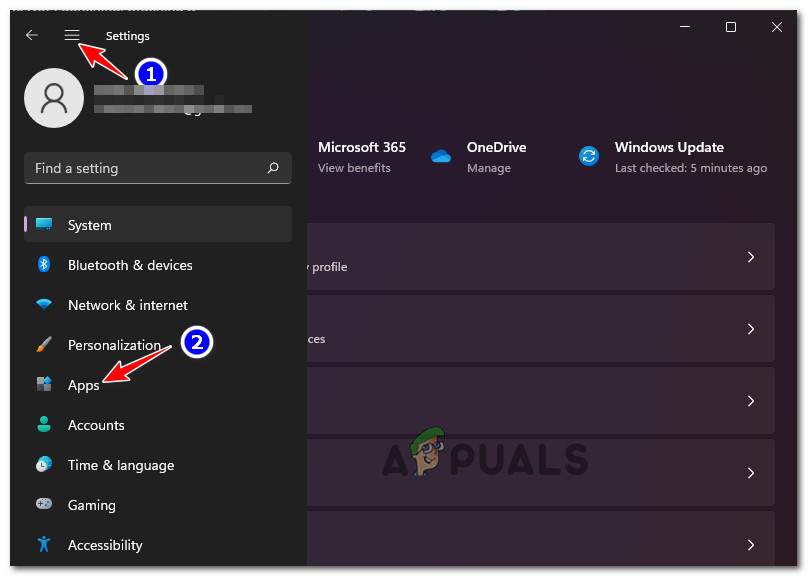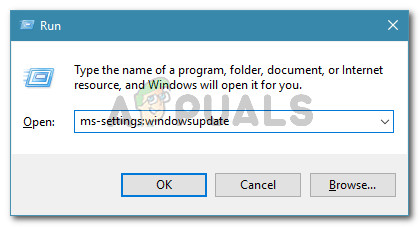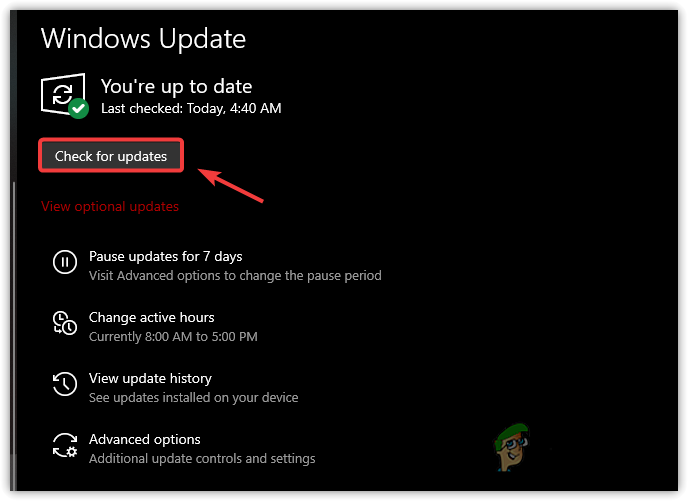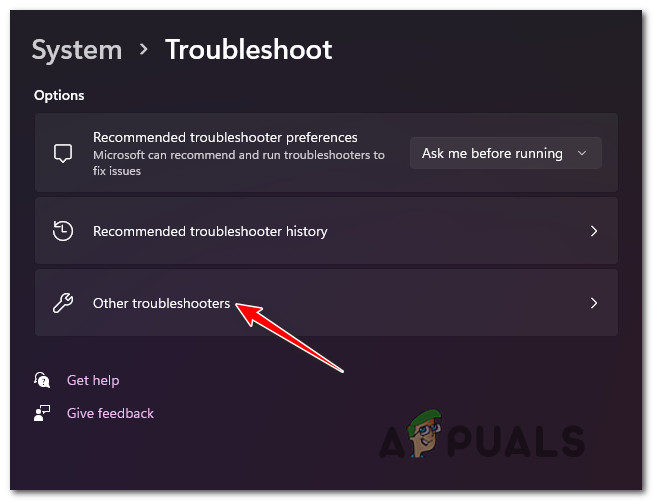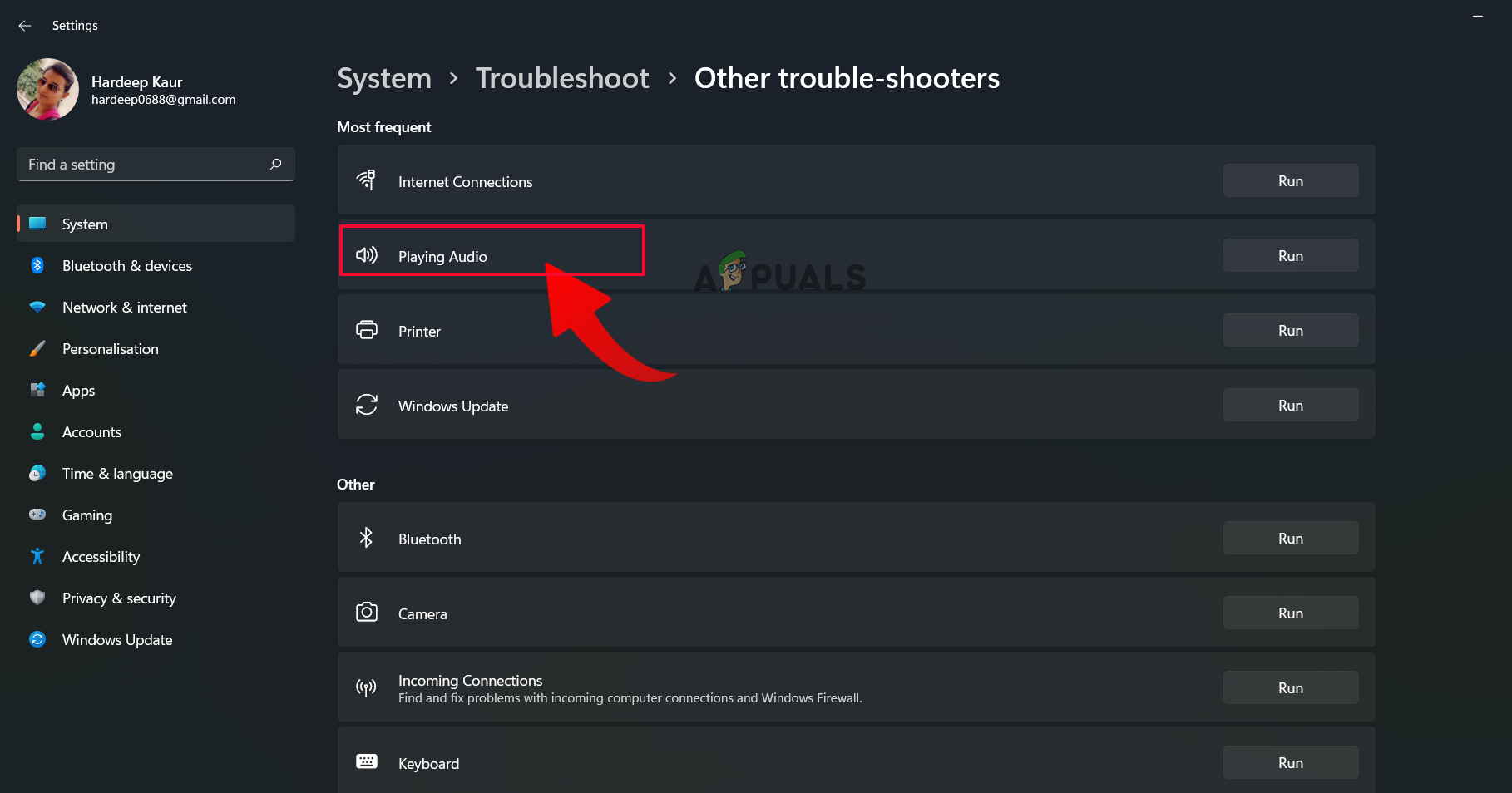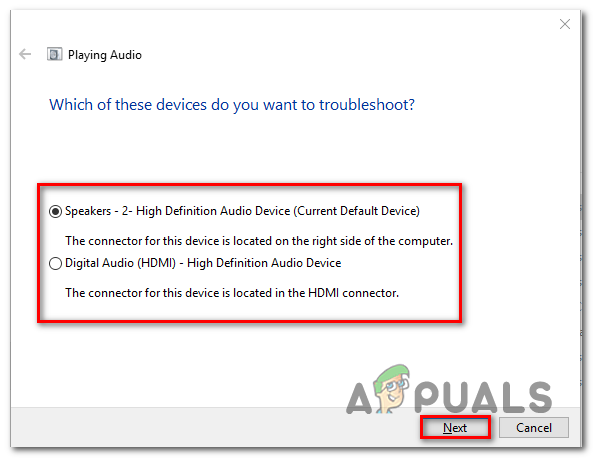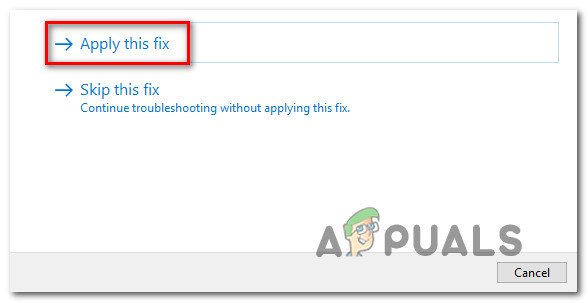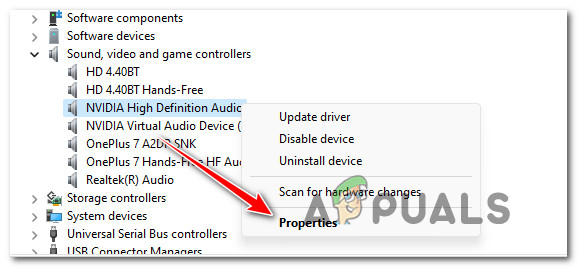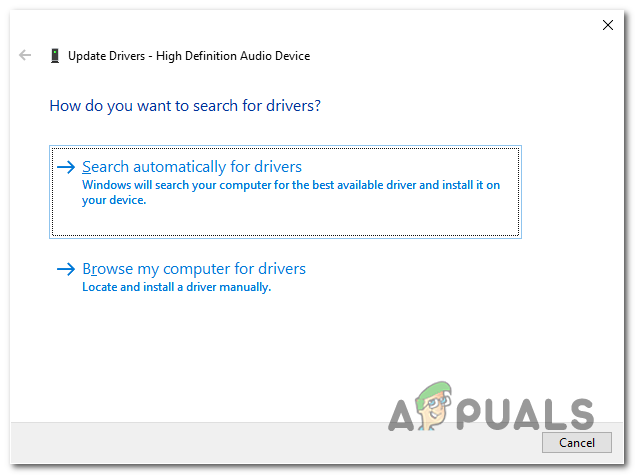After we investigated this issue, we realized that there are several different underlying culprits that could be responsible for this behaviour. Here’s a shortlist of potential culprits that you should investigate when you’re trying to fix this annoyance: Now that we have gone over every potential reason why you might be experiencing this behaviour, let’s go over a series of verified fixes that other affected users have successfully used to ensure that Spacial sound doesn’t revert to Windows Sonic with every restart or hibernation.
1. Enforce Spatial Sound from the dedicated app
As it turns out, one of the most successful ways of ensuring that the Spacial Sound preference doesn’t change again on your Windows 10 or Windows 11 PC is to enforce the change from the dedicated app instead of the Sound Settings menu. For example, if you want to use Dolby Atmos and pay for a subscription (or claim your free trial), you should mount it from the Dolby Access app. This might seem redundant, but this method has been confirmed to work with Dolby Atmos and DTS. If you want specific instructions on enforcing your preferred Spatial Sound method from the dedicated app, follow the instructions below: Note: In the steps below, we’ll show you how to enforce Dolby Atmos from the dedicated app. If the problem is still not fixed, move to the following method below.
2. Prevent default playback device from taking exclusive control
As it turns out, another potential reason, you might be annoyed by the fact that your spatial sound format changes to Windows Sonic after every restart or hibernation is that your default playback device is configured to allow other applications to take control of itself. This is a problem because most sound optimization & equalizer apps have the habit of overriding the default spatial sound. Fortunately, you can prevent this by accessing the advanced settings of your default playback device and disabling Exclusive Mode. For specific instructions on how to do this, follow the steps below: If the problem is still not fixed, move down to the following method below.
3. Prevent the conflict with the NVIDIA HDMI Audio Device (if applicable)
Under certain circumstances, you can also expect to deal with this issue if there’s a conflict between your default audio device and the NVIDIA HDMI Audio driver. This might be why you see the spatial sound format changing to the default choice every time you restart or put your computer on sleep or hibernation. Important: This method only applies if you’re using an NVIDIA GPU. Disregard this method if you’re on integrated graphics or using an AMD graphics card. Some users dealing with this problem have confirmed that they managed to eradicate this conflict by disabling the NVIDIA HDMI Audio device – this will force the default audio device to function undisturbed. Note: Remember that you might also be required to get rid of the dedicated NVIDIA audio driver in specific scenarios. Only resort to this if you know you are not actively dependent on the HDMI Audio input. If you suspect that this scenario is applicable, follow the instructions below to prevent the conflict between the NVIDIA HDMI Audio device and your default audio device: If the same issue is repeated, move to the following method below.
4. Repair or Reinstall the Spatial Sound app
This problem is often caused by corruption affecting the 3rd party spatial sound app you’re using to achieve the custom sound format. Dolby Access and DTS Sound Unbound are most commonly reported for causing this type of issue. If you keep establishing Dolby Atmos or DTS as the default spatial sound format and your setting gets overridden after every restart or system shutdown, try repairing or reinstalling the spatial sound app that makes it all possible. This method was confirmed to work by many users, and we’re experiencing this issue on Windows 10 or 11. If this method looks like it could be applicable, follow the instructions below: If Windows Sonus is still overriding Dolby Atmos or DTS at every startup or after every wake-up from hibernation, move down to the next potential fix below.
5. Install pending Windows updates (confirmed for Windows 11)
Microsoft recently addressed this issue with a series of hotfixes; for the most part, the issue is wholly eradicated. But that’s on Windows 11. Windows 10 still has not received the widely expected update that prevents 3rd party programs from changing the spatial sound setting. If you’re on Windows 11, chances are installing every pending update will resolve the issue indefinity for you. But if you’re on Windows 10, don’t get your hopes up (even though you should still follow the instructions below to ensure that your PC is up to date. Follow the instructions below on how to accomplish this on Windows 10 or Windows 11: If your Windows 10 or Windows 11 PC still boots up with the default Windows Sonic Setting, move down to the next method below.
6. Run the built-in Sound troubleshooter
If you’ve come this far without palpable results, you should also attempt to fix this issue using the audio troubleshooter. This utility is available on both Windows 10 and Windows 11 and contains a massive number of automated repair strategies that should help your cause if you’re still trying to get the spatial sound changes to stick. Follow the instructions below to run the sound (audio) troubleshooter on your Windows 10 or Windows 11 computer and apply the recommended fix: Note: It’s essential to run this troubleshooter from a Windows account with administrative privileges. If the sound setting related to spatial sound is still changing with every startup, move down to the next method below.
7. Update Sound drivers
If the procedure doesn’t work in your situation, the next obvious step is to ensure that the audio driver is updated to the most recent version. If all goes as planned, Windows Update should automatically maintain and update this driver. However, there are situations when you are powerless due to an outdated audio driver that is incompatible with your current OS version. Several Windows 11 users had claimed that the problem was eventually fixed when they used Device Manager to force their OS to upgrade the driver. Some people have claimed that after doing this, the spatial sound setting stayed the same whether they selected Dolby Atmos or DTS. Here’s what you need to do: If the same issue is still occurring, move to the final method below.
8. Modify Default Spatial Sound via Registry Editor (if applicable)
If you got this far without a permanent fix that allows you to restart your computer or put it in hibernation mode without it defaulting to Sonic Spatial sound, one fix that will likely force this to remain permanent is to use Registry Editor to mount Dolby Atmos spatial sound forcibly. Note: This method is only confirmed to work with Dolby Atmos. If you want to establish DTS, this fix will likely not work for you. But before you start following the instructions below, our recommendation is to take the time to back up your registry data in advance. In this case, if something goes wrong, you can safely revert back to a registry state where this problem was not occurring. If you are determined to modify the default spacial sound via the Registry Editor, follow the steps below: If the problem is still not fixed or you don’t want to follow this registry hack, move down to the final method below.
9. Perform a clean install or repair install
One more solution would be available if none of the preceding solutions in this article helped you with your problem with the spatial sound setting. You should consider the likelihood that specific corrupted sound requirements are to blame for your inability to maintain a selected spatial sound technology (this is way more likely if the 3rd party sound technology doesn’t work correctly when you mount it). The best course of action at this point is to simply replace every system file with a counterpart that you know is healthy and free of corruption because many system files in this circumstance meet the description of the offender. You have two potential approaches when doing this:
Clean install – Try this if you need an immediate remedy. The major disadvantage of a clean installation of Windows is that, unless you make a backup of your data beforehand, it will wipe all of your personal files and apps that are now kept on the same disk as your operating system. This is because a fresh installation of Windows will let you change every system file without using installation CDs.Repair install – If you have spare time, we advise employing an in-place repair rather than a repair install. The main benefit of this method is that, although taking a bit longer and requiring the proper Windows 11 installation DVDs, all of your personal data, games, and programs are preserved.
Sonic Frontiers: Best-Selling Sonic Game in the Last 20 Years in JapanFuture Sonic Games Will Also Be Open-World, Says Sonic Frontiers ProducerSonic Frontiers Director Says Next Sonic Game Will be Much GreaterHow to Set Up Dolby Atmos Spatial Sound on Windows 10
